Baxter, Tennessee
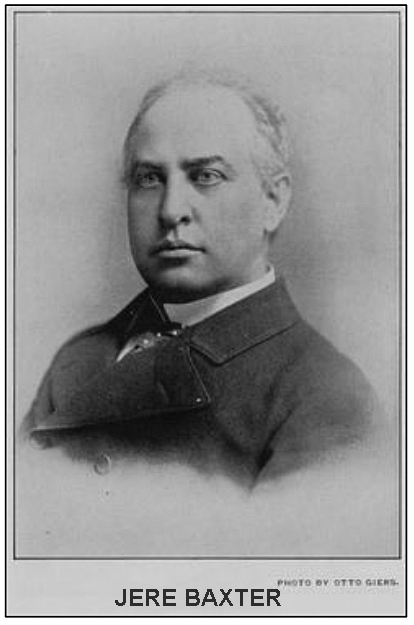 Baxter is located in a beautiful section on the western end of Putnam County. It is bordered by Highway 70
on the north and Highway 56 on the east. The Nashville and Knoxville Tennessee Central Railroad, NKTCR, built the railroad
with the tracks running right through downtown Baxter. At the time the town was named Mine Lick with a Post Office
located just southeast of it named AI. The town name was changed to Baxter in 1902. The name change was made to honor Jere Baxter, the President of the
Tennessee Central Railroad. Under
his leadership the Tennessee Central acquired and expanded the NKTCR. Baxter is only 8 miles west
of Cookeville. It is eighty-one-miles east of Nashville and one hundred and twenty-nine miles west of Knoxville.
Today it is bordered by Interstate 40 on the south. The Nashville and Eastern railroad now own the tracks running through
downtown Baxter. - Jere Baxter photo: The Putnam County Herald
Baxter is located in a beautiful section on the western end of Putnam County. It is bordered by Highway 70
on the north and Highway 56 on the east. The Nashville and Knoxville Tennessee Central Railroad, NKTCR, built the railroad
with the tracks running right through downtown Baxter. At the time the town was named Mine Lick with a Post Office
located just southeast of it named AI. The town name was changed to Baxter in 1902. The name change was made to honor Jere Baxter, the President of the
Tennessee Central Railroad. Under
his leadership the Tennessee Central acquired and expanded the NKTCR. Baxter is only 8 miles west
of Cookeville. It is eighty-one-miles east of Nashville and one hundred and twenty-nine miles west of Knoxville.
Today it is bordered by Interstate 40 on the south. The Nashville and Eastern railroad now own the tracks running through
downtown Baxter. - Jere Baxter photo: The Putnam County Herald
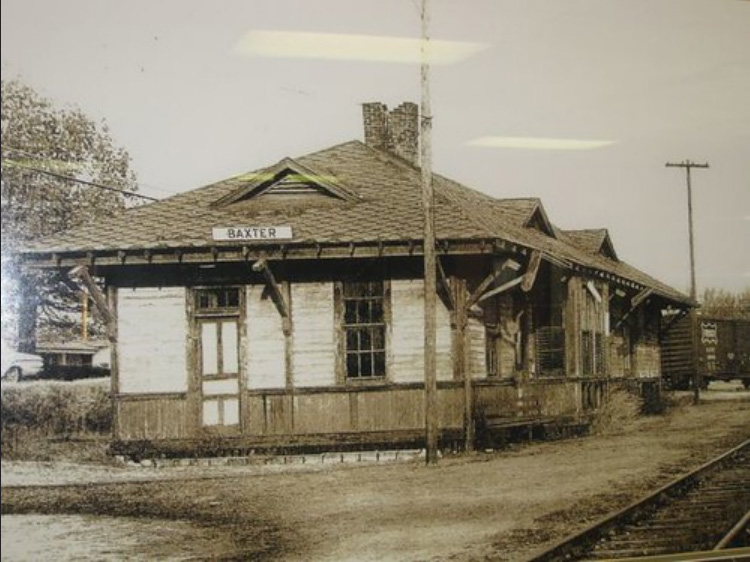 "Baxter is a great shipping point. Last year there was shipped to various parts of the United States and Europe
125 cars of pulp wood, 100 cars of acid wood, 150 cars of poles, 200 cars of cross ties, 50 cars of lumber and spokes, 35
cars of handles, 30 cars of eggs, 40 cars of poultry, and 25 cars of hogs and cattle. Baxter has one bank, electric
light plant, two wholesale produce houses, one wholesale grocery store, one hotel, and a number of boarding houses; one
telephone exchange, one long distance service with copper circuit, one Western Union Telegraph office, with money order
service to all parts of the United States and Canada; one express and freight office, six general stores, two hardware
stores, two grocery stores, one drug store, one millinery store, one flour exchange, two wholesale and retail cross tie
and pole companies, one large handle factory that exports goods to all parts of Europe; one large saw and planing mill,
one garage, Standard Oil station, cotton gin, two restaurants, one barber shop, and several other enterprises. Baxter
has a live Business Mens Club and this club is at all times willing and anxious to have good people locate within their
midst. - Photo: Baxter Depot Museum
"Baxter is a great shipping point. Last year there was shipped to various parts of the United States and Europe
125 cars of pulp wood, 100 cars of acid wood, 150 cars of poles, 200 cars of cross ties, 50 cars of lumber and spokes, 35
cars of handles, 30 cars of eggs, 40 cars of poultry, and 25 cars of hogs and cattle. Baxter has one bank, electric
light plant, two wholesale produce houses, one wholesale grocery store, one hotel, and a number of boarding houses; one
telephone exchange, one long distance service with copper circuit, one Western Union Telegraph office, with money order
service to all parts of the United States and Canada; one express and freight office, six general stores, two hardware
stores, two grocery stores, one drug store, one millinery store, one flour exchange, two wholesale and retail cross tie
and pole companies, one large handle factory that exports goods to all parts of Europe; one large saw and planing mill,
one garage, Standard Oil station, cotton gin, two restaurants, one barber shop, and several other enterprises. Baxter
has a live Business Mens Club and this club is at all times willing and anxious to have good people locate within their
midst. - Photo: Baxter Depot Museum
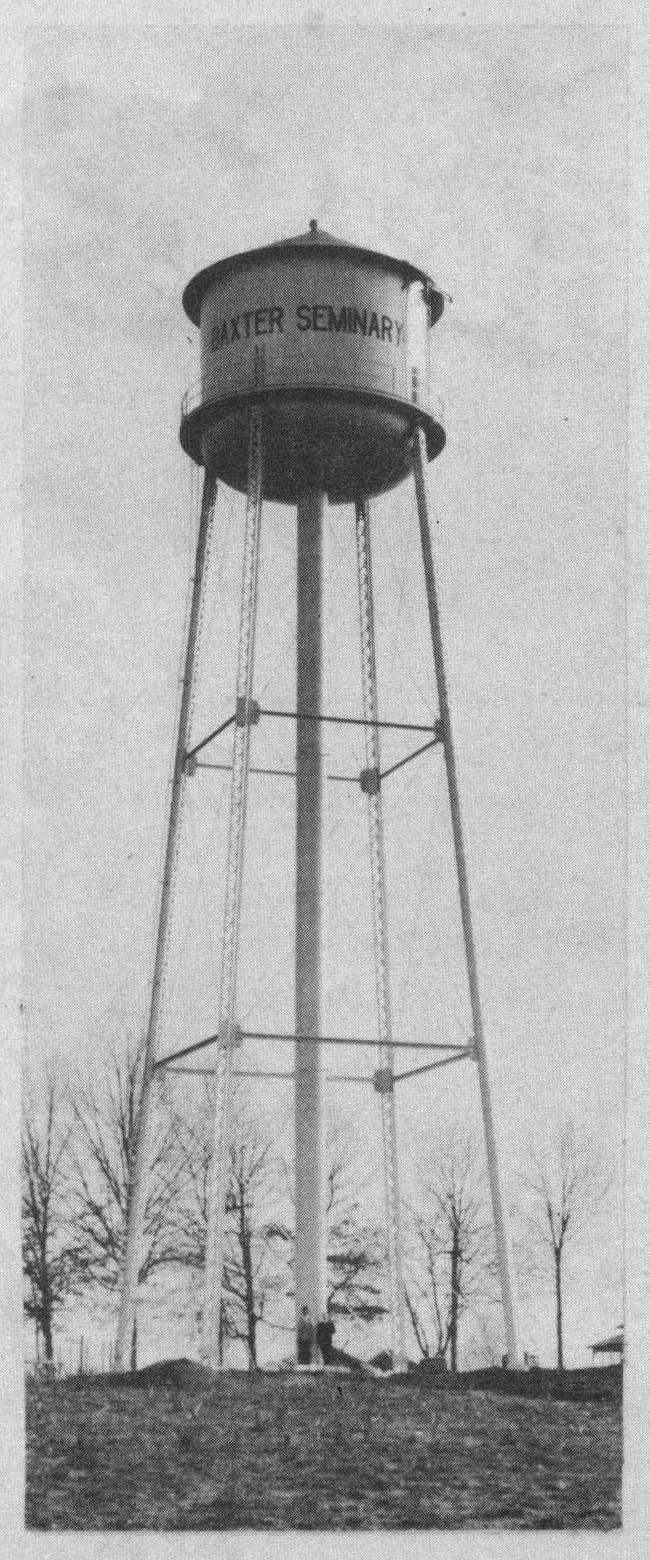 "The land adjacent to Baxter is well adapted to the raising of corn, cotton and tobacco. Vegetables of all kinds
grow well and a ready market is to be had for everything grown. There are several nurseries near Baxter, the Baxter
Nursery being the largest and doing a business of $30,000 annually. All of the nurseries do a business of &75,000
per annum. The dairy business is just beginning to be developed and will in a short time be the greatest source of
income that the farmer has. For the raising of chickens the country surrounding Baxter is unsurpassed.
"The land adjacent to Baxter is well adapted to the raising of corn, cotton and tobacco. Vegetables of all kinds
grow well and a ready market is to be had for everything grown. There are several nurseries near Baxter, the Baxter
Nursery being the largest and doing a business of $30,000 annually. All of the nurseries do a business of &75,000
per annum. The dairy business is just beginning to be developed and will in a short time be the greatest source of
income that the farmer has. For the raising of chickens the country surrounding Baxter is unsurpassed.
"The citizens of Baxter are law abiding and moral. The Masons, Odd Fellows and
other secret orders are fully represented, with large memberships. Church clubs, societies, get-together meetings and
other forms of social relationship are to be found. In all social gatherings you will find perfect harmony and good
feeling.
"Baxter is a town of deep religious environments. There are three fine churches: The Methodist, Church of Christ,
and Presbyterian. All have regular services and are growing in membership. The Sunday schools are well attended
and interesting in every particular. Perfect harmony and good fellowship exist among the churches.
"Rev. Harry L. Upperman President Grammar School: Baxter is considered one of the best educational towns of its size in
the state. The grammar school is in session nine months in the year and free to all children living in the corporate
limits. The school has a sufficient number of efficient teachers to give individual attention to the pupils.
The school has an enrollment of over three hundred. A large and beautiful building with modern class rooms and
practically fire proof has recently been completed.
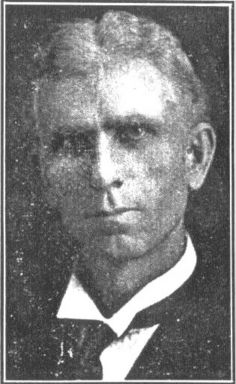 "Fifteen years ago Rev. Joseph Daniel Harris, one of the leading citizens, advanced the idea of establishing a school of
higher education, and with the co-operation of the citizens Baxter Seminary was founded in the year 1910 by the joint
action of the Central Tennessee Conference of the Methodist Episcopal Church and the Board of Education of said church.
While it was located by the Conference, that action was endorsed by the Board of Education, and the school is under its
direction and control. The majority of the Trustees are elected by the Central Tennessee Conference, but the
majority of them must be laymen. The institution is chartered by the State of Tennessee. It is recognized by
the State as a Standard Four Year High School.
"Fifteen years ago Rev. Joseph Daniel Harris, one of the leading citizens, advanced the idea of establishing a school of
higher education, and with the co-operation of the citizens Baxter Seminary was founded in the year 1910 by the joint
action of the Central Tennessee Conference of the Methodist Episcopal Church and the Board of Education of said church.
While it was located by the Conference, that action was endorsed by the Board of Education, and the school is under its
direction and control. The majority of the Trustees are elected by the Central Tennessee Conference, but the
majority of them must be laymen. The institution is chartered by the State of Tennessee. It is recognized by
the State as a Standard Four Year High School.
 "Baxter Seminary was the successor to two schools, Bloomington College, Bloomington, Tennessee, and Wesleyan Memorial
Academy, Red Boiling Springs, Tennessee. In 1896 the buildings at Bloomington College burned, and later the school
was moved to Red Boiling Springs where its name was changed to Wesleyan Memorial Academy. After some years it became
apparent to (Methodist) church leaders that Red Boiling Springs was not a desirable location for the school to render
maximum service to its constituency. Therefore in 1908, the school was moved to Baxter, Tennessee, and the name was
changed to Baxter Seminary." A Light on the Cumberland Plateau, The Story of Baxter Seminary by Ruth
Robinson Matthews - Photo: UMC
"Baxter Seminary was the successor to two schools, Bloomington College, Bloomington, Tennessee, and Wesleyan Memorial
Academy, Red Boiling Springs, Tennessee. In 1896 the buildings at Bloomington College burned, and later the school
was moved to Red Boiling Springs where its name was changed to Wesleyan Memorial Academy. After some years it became
apparent to (Methodist) church leaders that Red Boiling Springs was not a desirable location for the school to render
maximum service to its constituency. Therefore in 1908, the school was moved to Baxter, Tennessee, and the name was
changed to Baxter Seminary." A Light on the Cumberland Plateau, The Story of Baxter Seminary by Ruth
Robinson Matthews - Photo: UMC
"Baxter has a population of nine hundred people and is the principal town in the western section of Putnam County, located
on the Tennessee Central Railroad eighty-one-miles east of Nashville and one hundred and twenty-nine miles west of
Knoxville. The town is well situated, as there are six public roads leading in every direction; also a good pike
leading to Nashville and all intermediate points. It is the trade center for parts of Jackson, DeKalb, Smith and the
western end of Putnam County. The business men are progressive, wide-awake and honest in their dealings, which is of
inestimable value in the building of any town.
"Baxter has a climate not excelled anywhere in the South. Its water is the best and purest freestone and
chalybeate that runs from "Mother Earth." The cool breeze from Caney Fork river and the valley below make the
Spring and Summer delightful. The nights are so cool in mid-summer that covering is necessary. In fact all the
seasons of the year are as good as you will find in the world.
"Baxter was incorporated in 1915. Hon. J. E. Oliver was the first mayor and under his administration most of the
ordinances governing the town were formulated. Hon. V.D.Nunally, the present mayor, is serving his second term.
He is progressive and doing much toward the building and improvement of the town. At present he is having a
beautiful park made in the business part of the town which will add much to the comfort of the citizens. The mayor
is ably assisted in his work by V. B. York, recorder, W. R. Bradford, Lawrence Grace, D. B. Boyd and Jas, L. Sadler,
Aldermen. Baxter was formerly known as Mine Lick, but the name was changed in 1902 in honor of Jere Baxter, the
builder of the Tennessee Central.
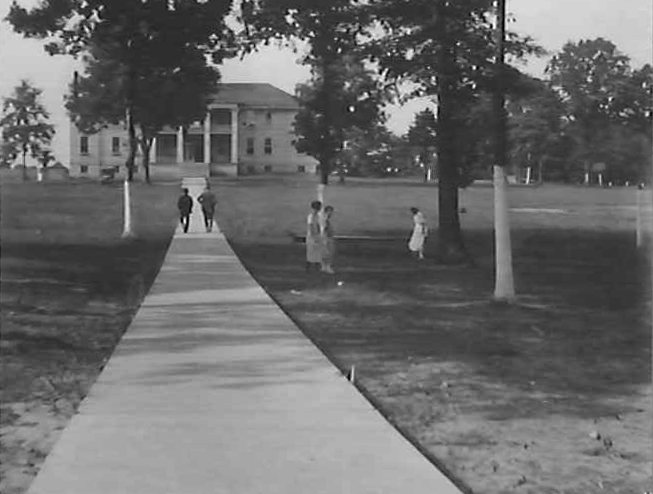 "Baxter Seminary has served the people all through this part of
Tennessee without regard to denomination or church membership, and has sought to give the best education possible to
all. The Seminary now has the following department: Fully certified and equipped High School department, of A grade,
giving standard diplomas and certificates; Religious education department, also giving standard work and certificates;
Home Economic department, giving standard certificates; Smith-Hughes Agriculture department and Extension Work, with
standard equipment; Teacher Training classes, giving standard teachers’ certificates; Music department with large studio
and well qualified instructor; Commercial department with the same rating; Physical Education, including athletic teams
and equipment, with standard rating coach. - Photo: UMC
"Baxter Seminary has served the people all through this part of
Tennessee without regard to denomination or church membership, and has sought to give the best education possible to
all. The Seminary now has the following department: Fully certified and equipped High School department, of A grade,
giving standard diplomas and certificates; Religious education department, also giving standard work and certificates;
Home Economic department, giving standard certificates; Smith-Hughes Agriculture department and Extension Work, with
standard equipment; Teacher Training classes, giving standard teachers’ certificates; Music department with large studio
and well qualified instructor; Commercial department with the same rating; Physical Education, including athletic teams
and equipment, with standard rating coach. - Photo: UMC
"Baxter Seminary graduates its students so that they are able to enter
college or go out and earn a living without feeling inferior to any one else and its graduates are now known though the
country. The Seminary has a Boy’s Dormitory, well equipped with a large number of students and teachers in it;
also a Girls’Dormitory likewise equipped, while the Boarding department is under a capable Supervisor and Matron, and the
boys and girls who live at the Seminary are able to work a large part of their way through school. No boy or girl is
ever turned away because of poverty.
 "The campus of the Seminary is very beautiful, being twelve acres in extent, part of which is wooded, the rest being
cleared. There are two large main buildings, one being the regular school rooms and Girls’ Dormitory, the other being
the apartments for various teachers and the Boy’s Dormitory. There are also houses for cars, coal house, chicken
houses, and much of the cleared land is under cultivation for raising food for winter use. The Board of Trustees and
the President hope to be able to materially increase the room for the use of students and have other buildings needed badly
on the campus. Many of the improvements of the Seminary have been and are being made through gifts of friends in all
parts of the United States. Several organizations in various parts of the country have been formed to promote the
welfare of Baxter Seminary. President Harry Lee Upperman is one of the most untiring workers to be found in any
school in the country. Through his efforts the Seminary is becoming widely known. Prof. Upperman is a graduate
of Syracuse University, has traveled and studied abroad, making him well equipped for the building of a great school." -
Baxter, Tennessee 1924 By Quimby Dyer, Cookeville, TN - Photo: Picture Post Card
"The campus of the Seminary is very beautiful, being twelve acres in extent, part of which is wooded, the rest being
cleared. There are two large main buildings, one being the regular school rooms and Girls’ Dormitory, the other being
the apartments for various teachers and the Boy’s Dormitory. There are also houses for cars, coal house, chicken
houses, and much of the cleared land is under cultivation for raising food for winter use. The Board of Trustees and
the President hope to be able to materially increase the room for the use of students and have other buildings needed badly
on the campus. Many of the improvements of the Seminary have been and are being made through gifts of friends in all
parts of the United States. Several organizations in various parts of the country have been formed to promote the
welfare of Baxter Seminary. President Harry Lee Upperman is one of the most untiring workers to be found in any
school in the country. Through his efforts the Seminary is becoming widely known. Prof. Upperman is a graduate
of Syracuse University, has traveled and studied abroad, making him well equipped for the building of a great school." -
Baxter, Tennessee 1924 By Quimby Dyer, Cookeville, TN - Photo: Picture Post Card

